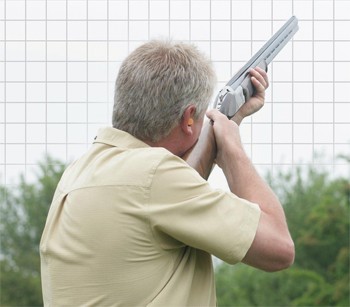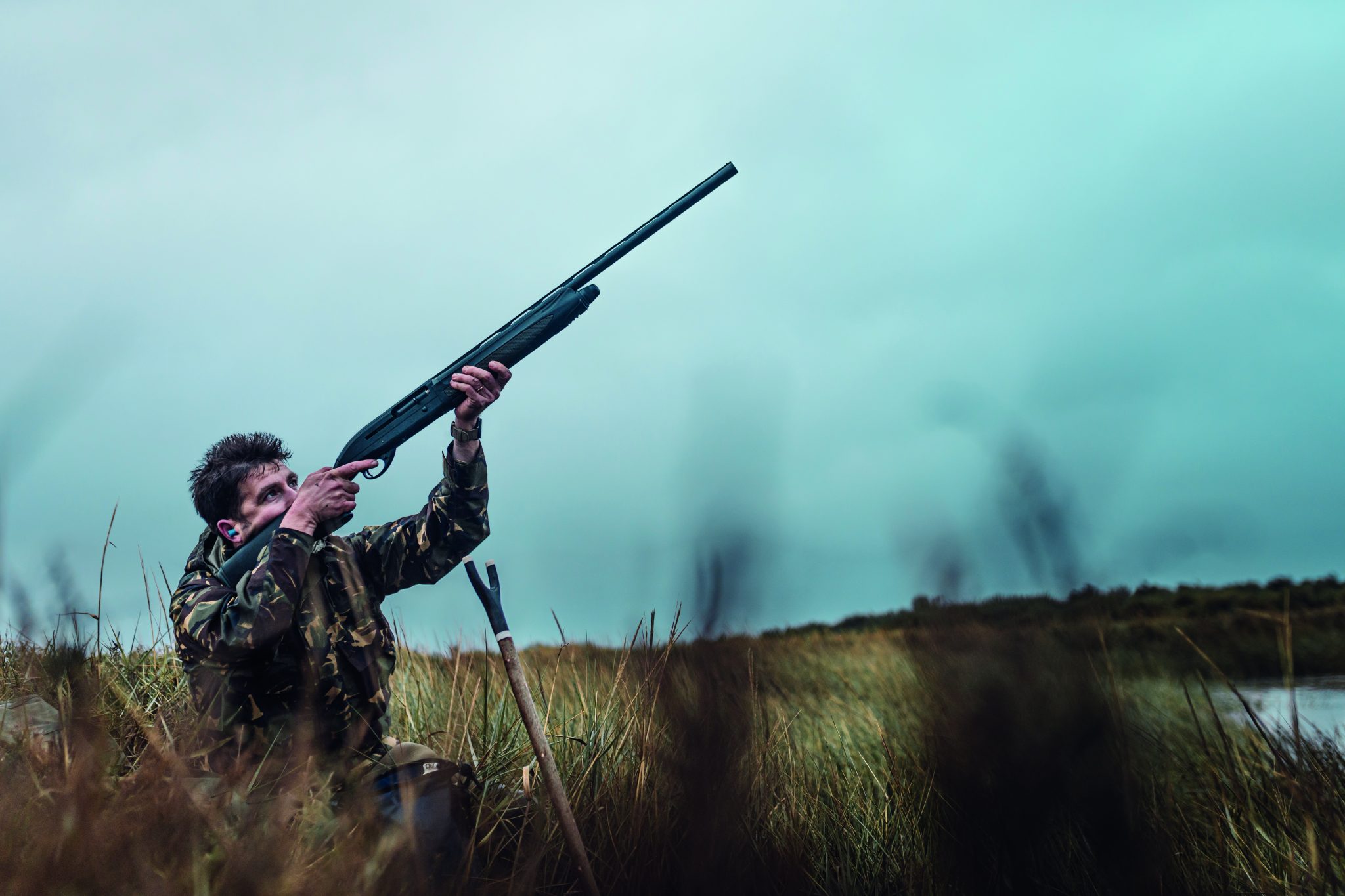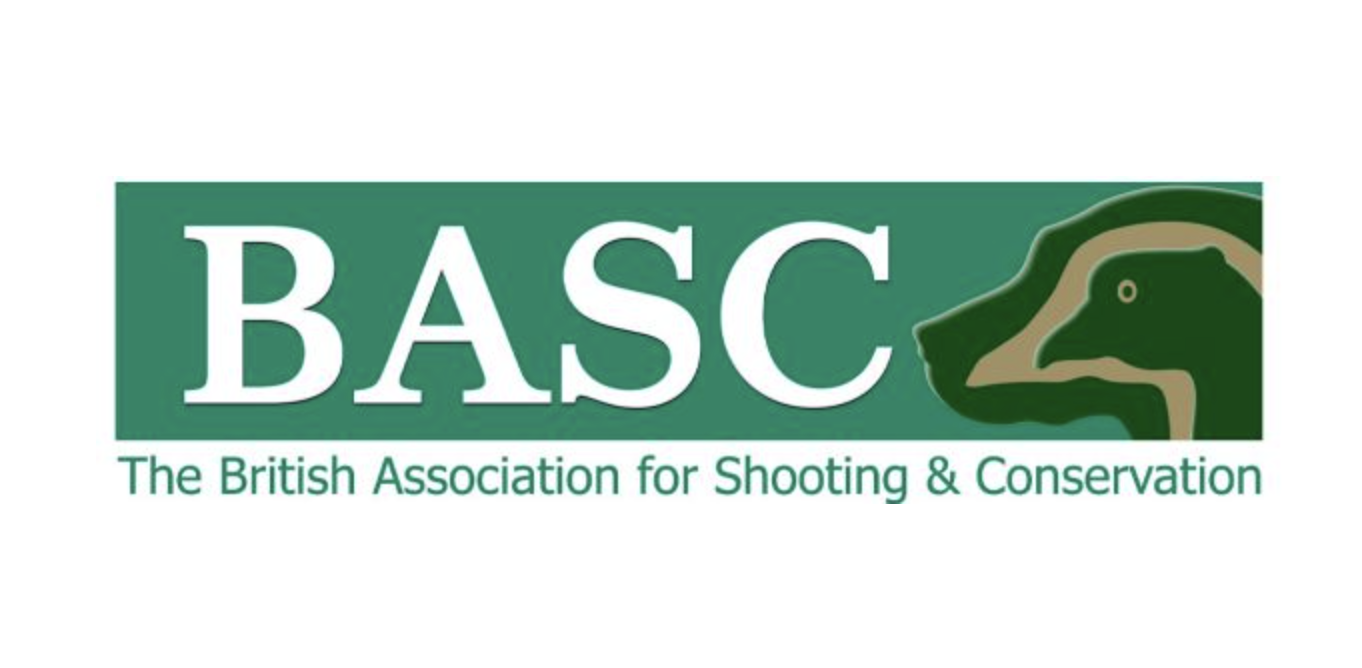Win CENS ProFlex DX5 earplugs worth £1,149 – enter here
Problems shooting long range targets?
If you can accept that they're just as easy as any other bird, long range targets can be a doddle.

So what’s a long-range target? How far away does the clay have to be before you start to feel a bit edgy?
To put things into context we need to consider what is actually ‘long-range’ with respect to the typical shotgun/cartridge combination.
In my book it’s generally around the 45 yard mark.
Yes, I realise it’s possible to break clays at greater distances, but to do this consistently (and cleanly) is probably going to mean that the shooter is above average in his ability!
To put targets into context, I reckon that on most of the layouts I put on here at Grimsthorpe the average distance from the stand/hoop to the optimum killing point is somewhere around the 30 yard mark.
As such, it’s surprising how that extra few yards can really put a shooter in a quandary.
Before we have a look at how to bust long-range targets I reckon it’s all-important to realise just how far 45 yards is, and what a standard clay looks like at that distance. The simplest method is to get a mate to throw a few clays high into the air at that distance.
Alternatively, standing a target on its side on the ground – bolting rabbit style – will also allow you to get an impression of the size of the clay. You’ll soon notice that the birds look rather small indeed.
But that doesn’t mean they can’t be broken. If you can accept they’re just as easy as any other bird you’re going to be ahead of the rest of your squad right from the start… they’ve already psyched themselves out of the competition by deciding they’re impossible to hit!
Anyway, I digress… compared to ‘normal’ yes; the bird will look smaller as it flies through the air. On a plus point, though, because it’s so far away it’s probably going to be in view for longer than usual, and, as a result, might even appear to be travelling just that little bit slower.
Here we have an irony.
The bird is the same size, and it’s travelling at the same speed as any other clay from any other trap.
It’s just that what you see – the perceived image – is so much different to what you’re used to. The main thing to remember is that the amount of lead necessary will be greater than you are normally used to.
If you were shooting a midi, flying at the same trajectory but at half the distance from the shooter, the bird would look almost identical in the air.
The crucial thing – irrespective of the shooting style you favour – is to be ahead of the bird when you fire.
Related Articles
Get the latest news delivered direct to your door
Subscribe to Shooting Times & Country
Discover the ultimate companion for field sports enthusiasts with Shooting Times & Country Magazine, the UK’s leading weekly publication that has been at the forefront of shooting culture since 1882. Subscribers gain access to expert tips, comprehensive gear reviews, seasonal advice and a vibrant community of like-minded shooters.
Save on shop price when you subscribe with weekly issues featuring in-depth articles on gundog training, exclusive member offers and access to the digital back issue library. A Shooting Times & Country subscription is more than a magazine, don’t just read about the countryside; immerse yourself in its most authoritative and engaging publication.







